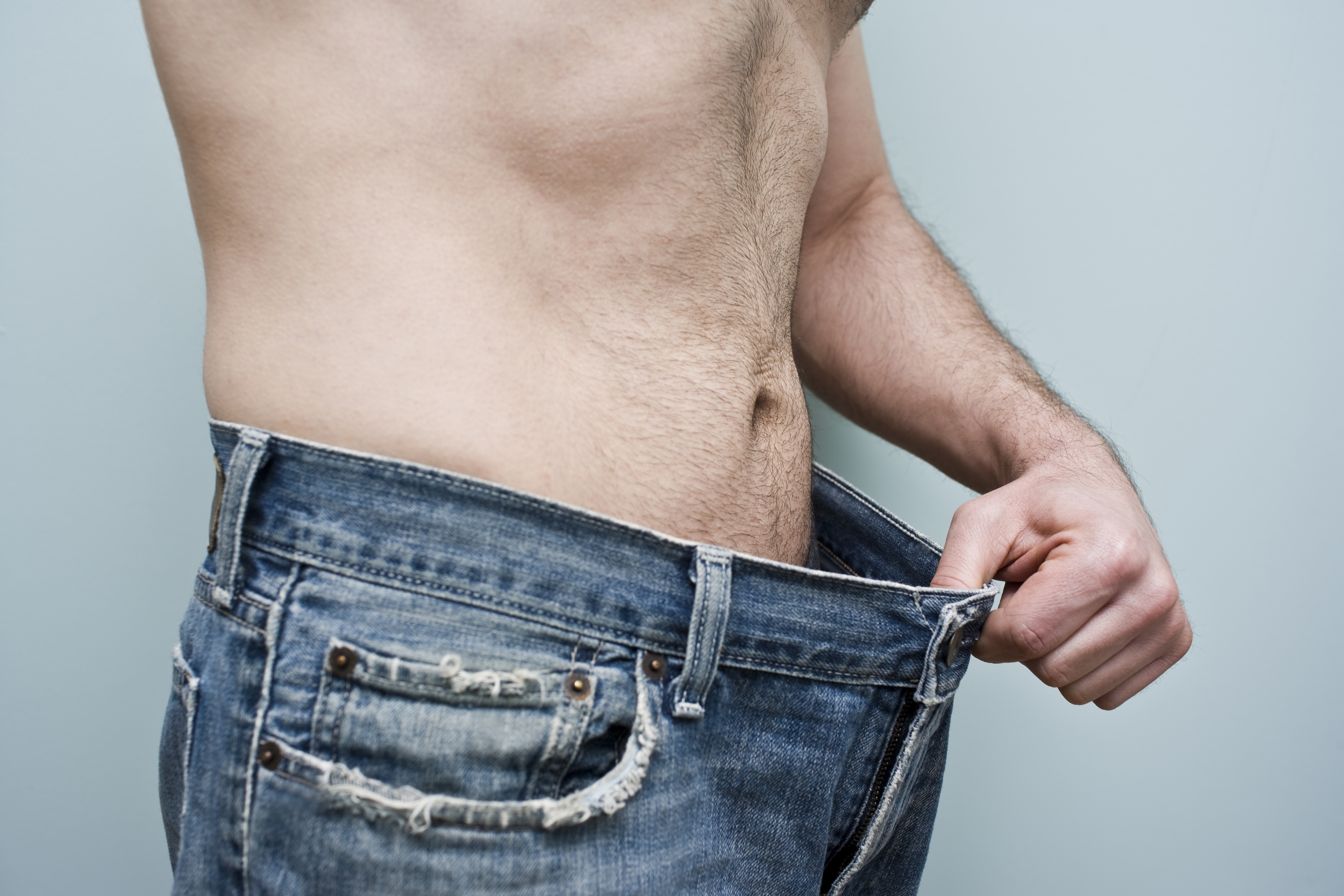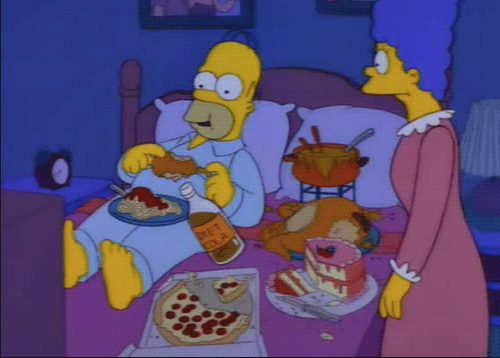Burning stubborn body fat doesn’t mean you have to bust your ass on a treadmill for hours on end
Those days are long gone. Getting leaner demands more from your diet than sustaining long spells of cardio.
Of course, not everyone wants (or even needs) to be super-shredded. Only a small percentage of the population harbour dreams of stepping onto the bodybuilding stage at 2-3% body fat.
However, it’s good to be a little leaner if you’re tipping the scales.
Obesity is a growing crisis – a fact that shouldn’t be overlooked. Over 60% of Brits are overweight and around 27% classed as clinically-obese.
JOE’s Ditch the Dad Bod plan provides motivational dietary lessons to live by, along with a meal plan to put into practice.
Follow and you will drop a couple of sizes while feeling leaner, healthier and happier.
Calorie counts
Paleo, Atkins, Zone, Keto and Intermittent Fasting; hugely popular diets that appear very different at face value.
They are all flawed, though. Each of these diets pin the blame for weight gain on a different ‘evil’. Whether it’s carbohydrate, fat, gluten or eating after 6pm, a variety of foods are cut out, but that’s not what really works.
When they work, it’s not because a calorie deficit has been created. It has little to do with the specific food they’ve cut out.
Pretty simple science. If you burn off more calories than you consume through food and drink, you will lose weight.
Unless you have a diagnosed food intolerance, you can have your bread, milk and evening meal so long as it fits into your overall calorie intake.
Begin by calculating how many calories you need to maintain your current weight.
Then, take 20-30% of this and subtract it from the maintenance amount. That will give you a figure to aim for, which should take you into a calorie deficit.
In it together
You can certainly achieve your desired weight loss goals alone, but together with a partner can hit even greater heights.
If you recognise that you need support with your diet, weight loss groups can work. They provide a social setting with all members focussed on the same goal. These groups are also educational, and will help you recognise the importance of calorie counting and portion size, which the modern obsession with ‘superfoods’ and fad diets may overlook.
No longer are these groups old, stuffy and boring, drawn out of your local community centre. You’ll be able to find them at a whole host of gyms with members on the same page as you.
You could also look closer to home – at your partner, to be precise. Research shows that when one person in a relationship successfully loses weight, the chances of their partner also dropping a few pounds is greatly increased.
What’s more, researchers found the second partner often drops a few pounds too – even if they haven’t taken up a whole new lifestyle change.
Balance is key
When you cut entire food groups out of your diet, you could be potentially missing out on crucial nutrients.
Carbs provide your brain with glucose for proper cognitive function. They also give your body much-needed muscle glycogen to fuel workouts and any form of physical endeavour.
Fats help you absorb the vitamins and minerals from food.
You can still have your cake and eat it. Sort of. You can eat a variety of foods while still dropping fat when you restrict the quantity of food and focus on portion size. People that cut out all carbs and fats regularly feel like sh*t because they’re excluding things on a grand scale.
This can help you hit your optimal calorie count and is also a better psychological way of working. If you simply can’t live without Chinese food, once or twice a week it is perfectly feasible to factor this meal into your energy needs – or maybe restrict the intake of calories around the cheat meal.
You may be cutting down, but you still need to ensure your body is supported with all the essential nutrients needed to stay healthy.
Find the right fit
For years, fit pros have obsessed over meal frequency. Ever heard a PT claim that you simply HAVE to eat every two to three hours to lose weight and ‘stoke the fires of your metabolism’?
That isn’t compulsory – you just need to find a frequency of eating that works best for you.
If you’re highly active, working a manual labour job or in the fitness industry yourself, small, frequent feeds may work well.
A desk-based job or other sedentary schedule could be better suited to larger meals some three to four times a day. What’s crucial in ditching a Dad Bod is that you still work within your calorie needs.
Dr. Brad Schoenfeld recently spoke to JOE regarding meal frequency:
‘From a fat loss standpoint, it really doesn’t matter [how many meals you eat each day]. We reviewed all the research on meal frequency and found similar results, regardless of how many meals you eat – provided calories are equated.’
Ditch the Dad Bod: example meal plan
Breakfast
Three scrambled eggs
One avocado
Two slices wholegrain toast
Lunch
Homemade chicken marinated in spices
400g green vegetables
30g handful of nuts
Pre-Workout
One scoop whey protein
Post-Workout
One scoop whey protein
Two bananas
Snack
150g cottage cheese
Dinner
Smoked salmon fillet
200g basmati rice
200g spinach












































